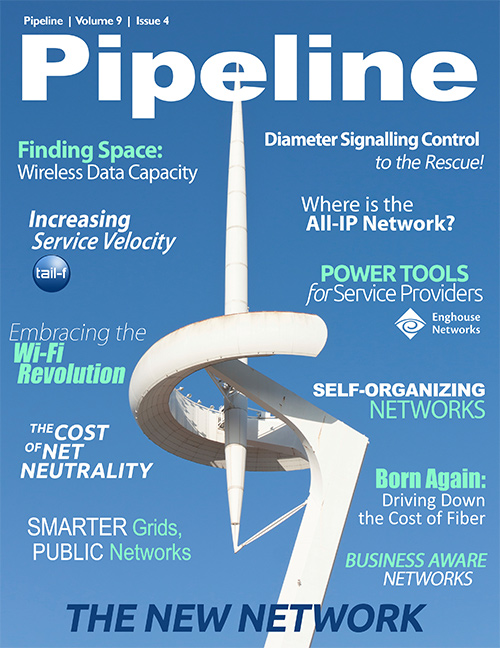Communications IT News
Even as wired and wireless infrastructure spending has decelerated, CSPs are making improvements to their core networks as part of the drive to an all-IP, converged paradigm. According to ABI Research, the mobile gateway core sector is bucking the larger infrastructure trend, and is set to increase 19 percent in 2012. Next-gen 4G LTE networks require evolved packet core (EPC) equipment, which is driving the lion’s share of the spending. Just last week, KPN announced it is modernizing its core network with ZTE’s unified offering.
Going against the flow
Verizon, AT&T, and many global CSPs have moved away from unlimited data models and are pitching their new shared data plans, but T-Mobile swam against the mainstream and announced unlimited 4G data plans. Will this entice customers at big red and big blue to jump ship? It may depend on whether or not a customer has already purchased a 4G LTE device. In light of their poor second-quarter performance, MetroPCS dropped the price on its unlimited plans to just $55 per month, all-inclusive. Sprint, of course, has been offering “unlimited” 4G for quite some time, and the strategy paid off in the second quarter, as they enticed the vast majority of new US iPhone subscribers to drive their new machines toll-free on the Sprint network.
Month of firsts
With the explosion of mobile data consumption, the demand for streaming video, and the rise of cloud computing, strain on networks has never been greater. In both the wired world and the wireless world, network firsts were achieved this month. XO Communications announced that it has deployed the first coast-to-coast network in the U.S. using fiber optic technology from Nokia Siemens Networks. The nationwide network is capable of delivering 100 Gbps across 96 separate wavelengths of light, for a transfer speed of 9.6 Terabits per second. What's more, the network has the ability to scale to 400G and beyond.




















